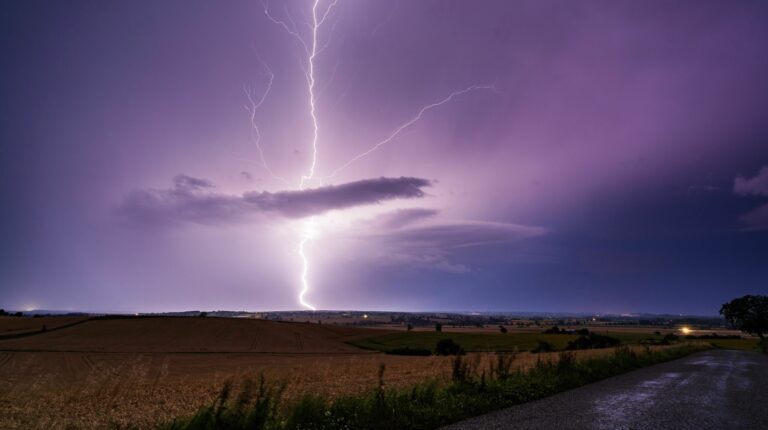Researchers at Bar-Ilan University in Israel have developed an AI model that can predict where and when lightning strikes are most likely to cause wildfires, achieving over 90% accuracy.
Dr Oren Glickman and Dr Assaf Shmuel from the Department of Computer Science at Bar-Ilan University, in collaboration with experts from Ariel and Tel Aviv Universities, used seven years of high-resolution global satellite data, alongside detailed environmental factors like vegetation, weather patterns and topography, to map and predict lightning-induced wildfire risks on a global scale. The research was recently published in Scientific Reports.
The model was tested using wildfire data from 2021. According to the researchers, the AI model outperforms traditional fire danger indices by taking a global, data-driven approach. It integrates data from satellites, weather systems and environmental factors to assess the likelihood of lightning-induced fires, overcoming the limitations of regional and data-restricted models.
Dr Shmuel noted, “With the growing implications of climate change, new modeling tools are required to better understand and predict its impacts; machine learning holds significant potential to enhance these efforts.”
The new machine learning (ML) models developed by the team have the potential to predict lightning-ignited wildfires worldwide, offering a tool for fire mitigation and response, the researchers said. With an ever-increasing risk of wildfires driven by climate change, early detection and prediction are essential for protecting forests, wildlife and human communities from the devastating effects of these fires.
“We are at a critical moment in understanding the complexities of wildfire ignitions,” said Dr Glickman. “ML offers the potential to revolutionize how we predict and respond to lightning-ignited wildfires, providing insights that could save lives and preserve ecosystems.”
In related news, the China Meteorological Administration (CMA) has recently unveiled the Yushi and Fuyao artificial intelligence (AI) meteorological models. These two AI models are currently in trial operation and are scheduled for official operation during this year’s flood season. Click here to read the full story.



